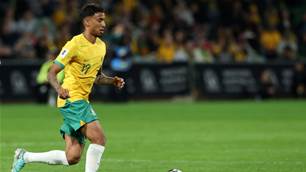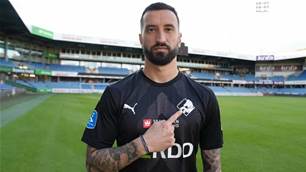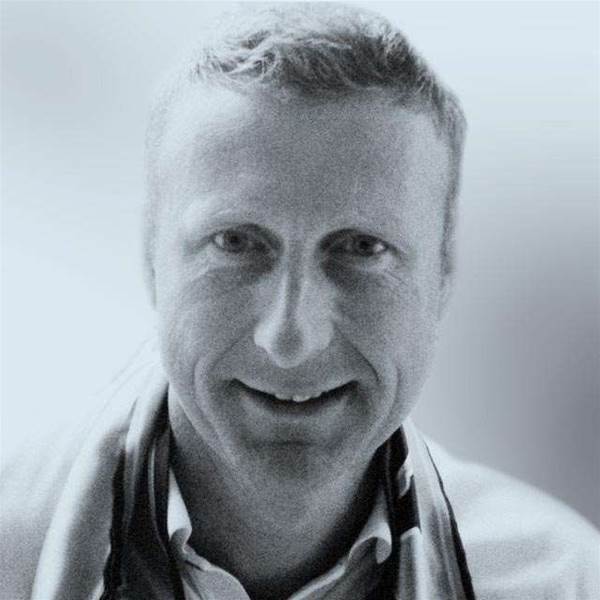Are the kids really that bad?
In light of Pim Verbeek's comments on the state of the Australian game I thought I'd try and bring a bit of sanity to the conversation. On the surface of it he seems right, but not all is as it seems.
A couple of blogs ago I talked about utterances that will follow people to their grave, and Pim's line about training in Germany being better than playing in the A-League is another to add to the list. Whether he was right or wrong, our league is improving with each season - the quality of football I see today is miles from where the league was as recently as three years ago when we last won the title. And that can only serve to raise the level of the A-League youngsters as standards continue to rise.
The young players coming through the system - Pim's biggest bugbear. OK, here's the thing. Looking at the players from the Golden Generation - at an age comparable to Oar, Kruse et al, the likes of Bresciano, Grella, Cahill, Culina and Neill were playing second tier European football.
So I suggest we see how Kruse, Oar, Sarota, Davidson, Williams, Gameiro, Tombides, Leckie, Irvine, Holland, Troisi and others get on over the next few years before judging them. There are also quality young players still at home such as Risdon, Goodwin, Ryan, Rogic, Virgili and Antonis who will only get better, and all will be in Europe within the next 18 months. I am not overly concerned about the young boys aged 23 and below.
Where we've had a real disconnect is in the age groups immediately post - Golden Generation. Looking at the 2004 Olyroo generation, very few have kicked on to Europe's elite. From the players below:
Jones, Galekovic, North, McKain, Wilkshire, Durante, Milicevic, Cansdell-Sheriff, McKay, Carle, Valeri, Carney, Jedinak, McDonald, Kennedy, Holman, Brosque -
- with the exception of Holman and perhaps Wilkshire not one player can be said to have made it at a top league. [Floodgates open, right here...! - KA] And they are what makes up the bulk of the national team today - good footballers, but mostly a rung below their predecessors.
Those that followed them (2008 Olyroo generation) has done even worse:
Federici, Velaphi, Vukovic, Leijer, Topor-Stanley, Milligan, Spiranovic, D'Apuzzo, Broxham, Zadkovich, Musialik, Kilkenny, Celeski, Sarkies, Burns, Djite, Vidosic, Rukavytsya, Bridge.
Not one at a highly ranked European club, and only Federici and Rukavytsya are in with a chance of nailing down a regular spot in a strong European league.
Gee, they make the 2004 guys seem like world-beaters! What were we thinking blaming Arnie for "failing" with this lot. A 1-1 draw with Serbia and 1-0 losses to Argentina and Ivory Coast in 2008 seem like World Cup winning performances given the players we had. Most are not even breaking into the Socceroo setup - and that's at their career peak ages of 25-27 that they are today.
We've definitely had a slide in quality post-Golden Generation, but that quality is on the way back. Attribute the slide to the changeover from the NSL to the A-League if you will, or just to the natural ebbs and flows of player production. Most countries that have a Golden Generation of their own struggle to replicate it immediately after - Greece, Bulgaria, Scotland, Nigeria and Portugal are great cases in point.
In conclusion - I am excited about the players coming through, and believe that over the next two years we"ll see more of the young twentysomethings make it at decent European leagues and the Socceroos as a result. They're almost there already.
Call me an optimist, but the sky is blue.
Related Articles

Socceroos midfielder embraces move to England

Cardiff City snap up sought-after Socceroos starlet













